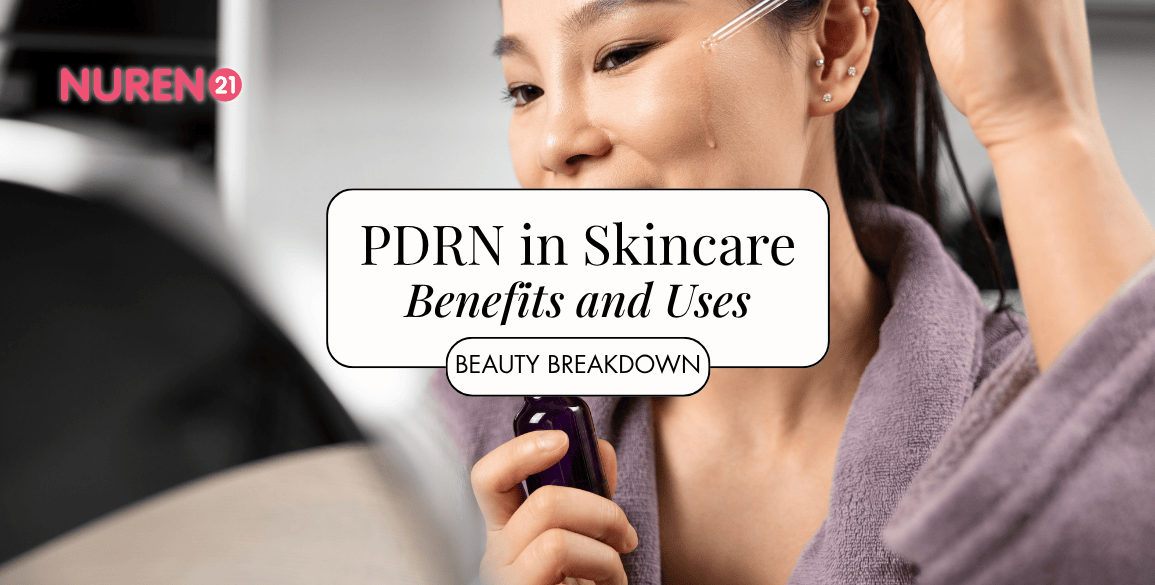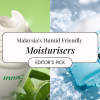Every now and then, a new skincare ingredient pops up that gets everyone talking.
Recently, you might have seen the buzz around PDRN. It sounds a bit science-y, but at its core, PDRN is all about helping your skin heal, recover, and look healthier.
In simple terms, PDRN is a skincare ingredient made from very tiny DNA fragments.
Don’t worry – it’s purified and safe for use on skin.
Its job is to signal your skin to repair itself, reduce irritation, and boost the natural processes that keep your complexion firm and smooth.
On product labels, you’ll often find it listed as Sodium DNA.
Why Is Everyone Talking About It?
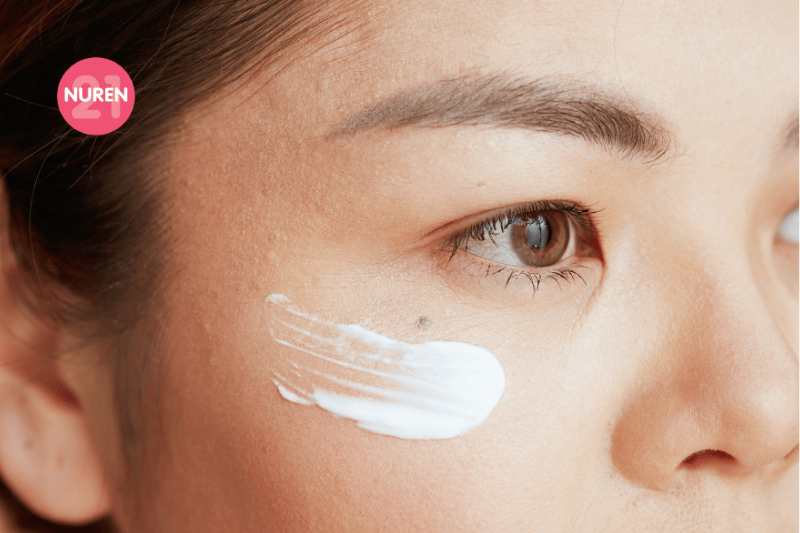
Here’s what makes PDRN stand out:
- Skin Repair Support: It tells your skin to work harder on fixing itself, which is why it’s often used after treatments or when skin feels stressed.
- Soothing Power: It calms redness and irritation, making it helpful for sensitive or tired-looking skin.
- Elasticity & Bounce: By supporting collagen, it helps skin feel firmer and more supple over time.
- Hydration Partner: It works well with moisturisers and hydrating serums to strengthen your skin barrier.
Think of it as a gentle “reset button” for skin that needs extra love.
PDRN Vs PN: Are They the Same?
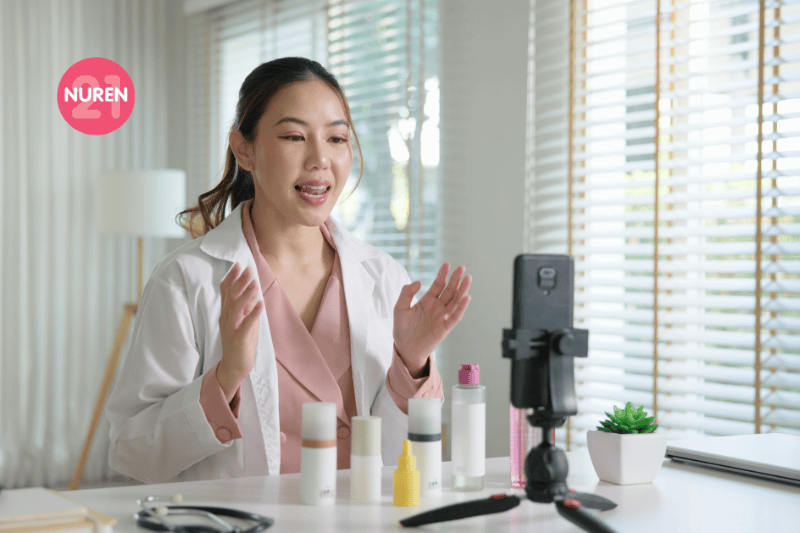
You might also come across the term PN (polynucleotides).
They’re related but not identical.
PN is usually made up of longer DNA chains, while PDRN has shorter ones.
Where Do You Find It?
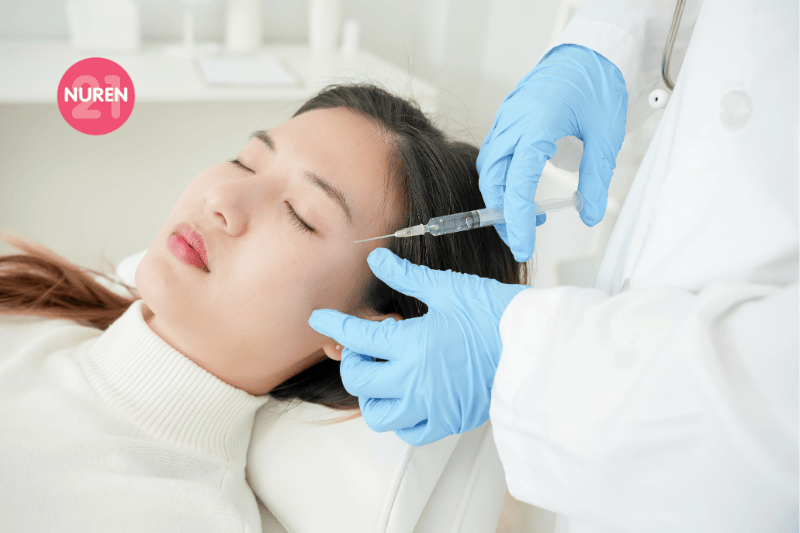
- In Clinics: PDRN has been widely used in professional treatments like skin boosters or recovery injections. That’s where the strongest results are seen.
- In Skincare Products: More recently, creams and serums with PDRN (Sodium DNA) are popping up, making it easier to add into your daily routine. While the effects may be gentler compared to in-clinic treatments, many people like using it for everyday soothing and support.
Is It Safe?
Generally, yes. PDRN used in skincare is purified and safe for most skin types.
But a few things to keep in mind:
- If you have allergies (especially seafood), patch test first.
- Pregnant or breastfeeding? Best to get advice before trying something new.
- Always buy from trusted brands or clinics to avoid questionable formulas.
Who Would Love PDRN?

- Sensitive skin types that flare up easily.
- Post-treatment skin that needs extra recovery.
- Anyone chasing glow and bounce, especially if your skin feels dull or tired.
- Busy parents or professionals looking for something that soothes and strengthens without being harsh.
How to Use It in Your Routine
PDRN plays well with others. Pair it with:
- Hydrating serums like hyaluronic acid.
- Barrier protectors like ceramides.
- Brightening buddies like vitamin C or niacinamide.
Morning: Cleanser -> Vitamin C -> PDRN serum -> Moisturiser -> Sunscreen
Night: Cleanser -> Retinol (if you use it) -> PDRN cream -> Moisturiser
All in all, PDRN might sound like a fancy science term, but in reality, it’s a skin-soothing, repairing, and firming helper.
It’s not here to replace your sunscreen or retinol, but it can be the quiet hero in your routine, especially if you want stronger, calmer, healthier-looking skin.
